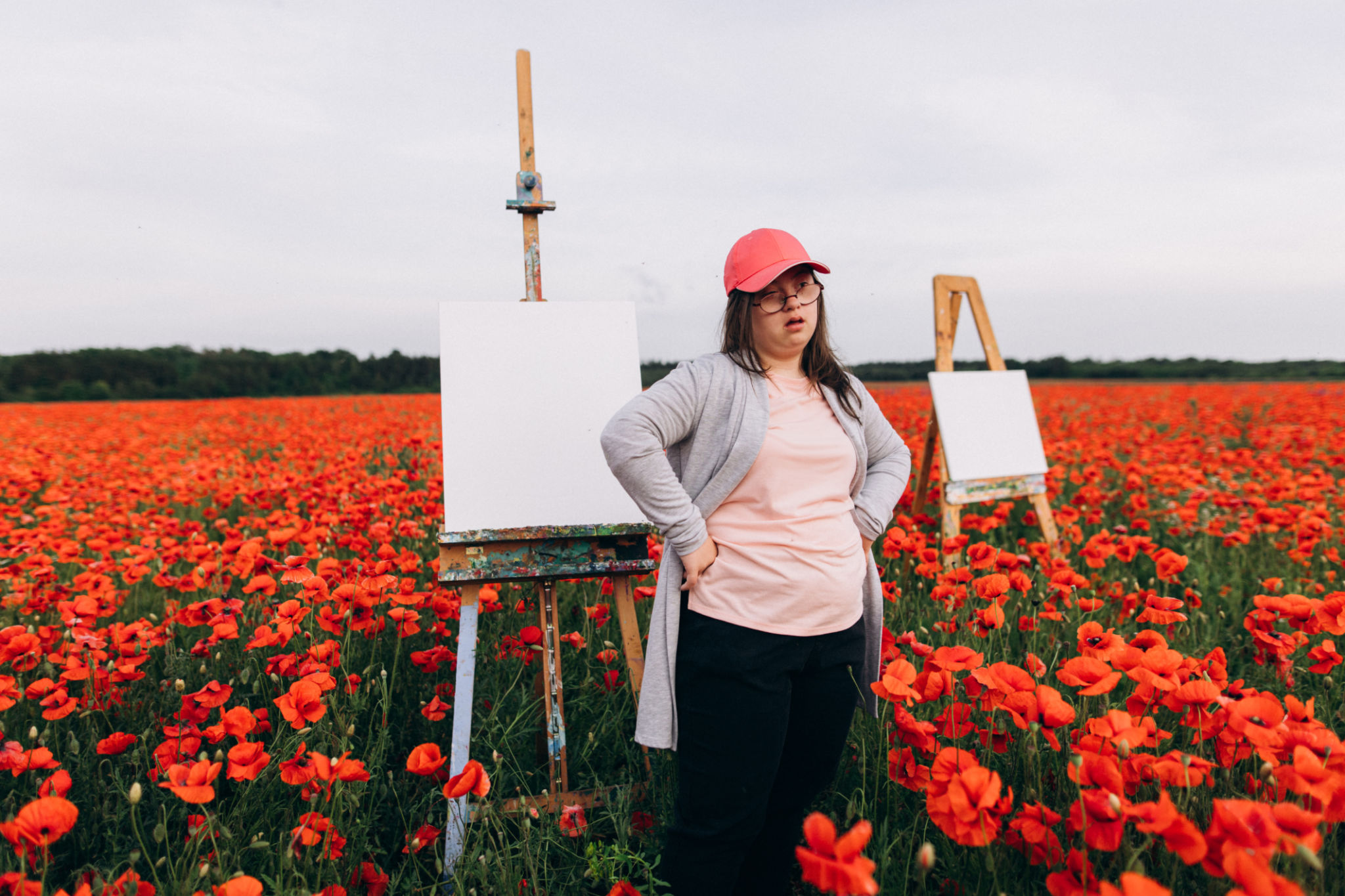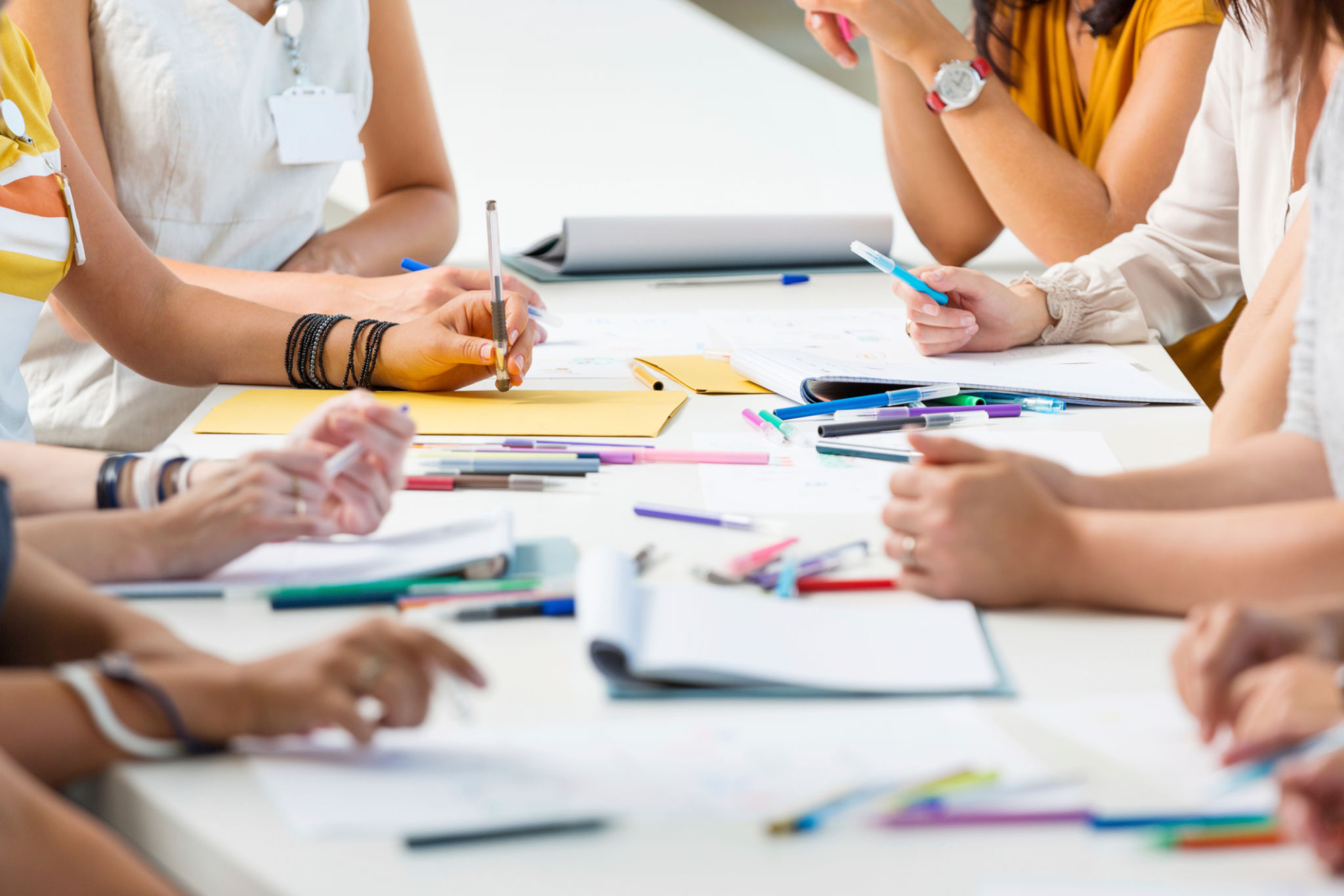Art Therapy Programs: Healing and Growth for Disadvantaged Groups
The Power of Art Therapy
Art therapy is a transformative tool that integrates the creative process with psychological healing. It enables individuals to express emotions they might find challenging to articulate through words. This form of therapeutic intervention is particularly beneficial for disadvantaged groups, offering them a safe space to explore their feelings and experiences.
For communities facing social, economic, or personal hardships, art therapy provides an alternative route to healing and personal growth. By engaging in creative activities, participants can process trauma, develop self-awareness, and improve their emotional well-being.

Benefits of Art Therapy for Disadvantaged Groups
Art therapy presents numerous benefits for individuals and communities that are disadvantaged. These benefits include:
- Emotional Expression: Art offers a non-verbal outlet for expressing complex emotions, which can be particularly useful for those who have experienced trauma or abuse.
- Stress Reduction: Engaging in creative activities can significantly reduce stress levels, promoting relaxation and improving mental health.
- Community Building: Group art therapy sessions foster a sense of community and belonging, which is essential for social integration and support.
Applications in Various Settings
Art therapy can be implemented in diverse settings to support disadvantaged groups. In schools, it helps children from low-income families or those with learning disabilities to express themselves and improve their academic performance. In prisons, art therapy serves as a rehabilitative tool, aiding inmates in processing their experiences and reducing recidivism rates.

Community centers often host art therapy programs for marginalized individuals, such as refugees or the homeless. These programs create a supportive environment where participants can rebuild their identities and gain confidence in their creative abilities.
Success Stories and Impact
There are numerous success stories illustrating the profound impact of art therapy on disadvantaged groups. Participants often report increased self-esteem and improved coping mechanisms. For instance, veterans suffering from PTSD have found solace in creating art, which allows them to confront and process their traumatic experiences.
Similarly, children who have been through adverse conditions such as neglect or domestic violence have shown remarkable improvements in behavior and emotional regulation through consistent art therapy sessions.

Challenges and Future Directions
Despite its benefits, art therapy faces challenges such as limited funding and accessibility. Many disadvantaged communities lack the resources to implement these programs effectively. However, growing awareness of the benefits of art therapy has led to increased advocacy for funding and support.
The future of art therapy lies in expanding its reach through digital platforms and remote sessions. This would make therapeutic art more accessible to those who cannot attend in person due to geographical or physical constraints.
Conclusion
Art therapy is a powerful medium for healing and personal growth, especially for disadvantaged groups. By offering a platform for expression and community building, it bridges the gap between emotional distress and psychological well-being. As we continue to recognize its value, it is crucial to support the expansion and accessibility of art therapy programs worldwide.
